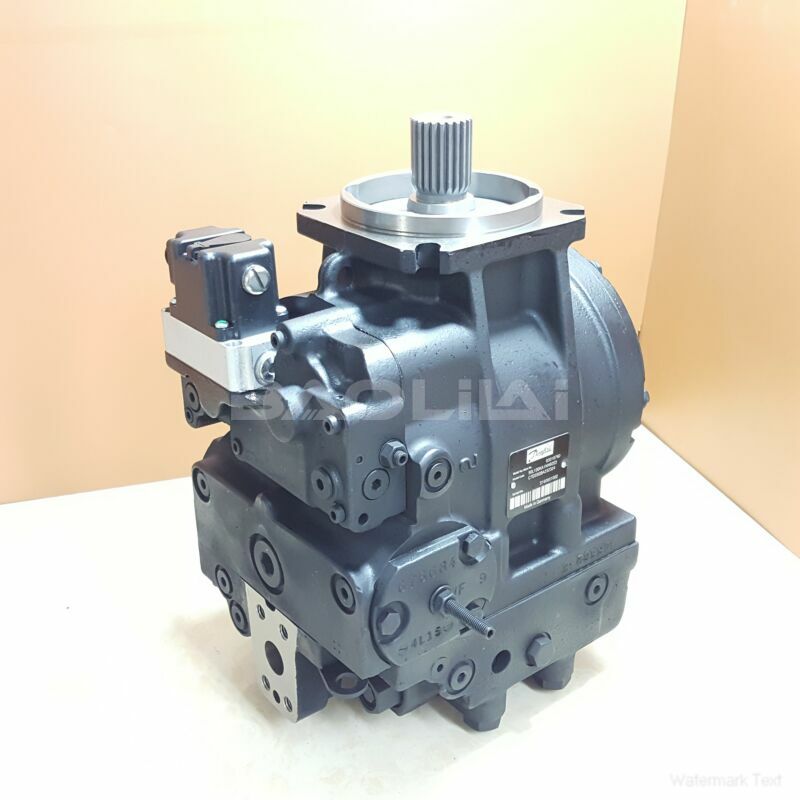90R075KA5AB60S3C7D03GBA424224 hydraulic pump
90R075KA5AB60S3C7D03GBA424224 hydraulic pump

- Product Details
- Applicable Scene
Plunger pumps are positive displacement pumps commonly used in various industrial and commercial applications due to their ability to handle high pressures and deliver precise flow rates. Understanding the design principles behind plunger pumps is crucial for engineers and maintenance personnel alike. This article explores the key design principles, components, and considerations involved in plunger pump design.
90R075-KA-5-AB-60-S-3-C7-D-03-GBA-42-42-24
90R075KA5AB60S3C7D03GBA424224
One of the fundamental design principles of plunger pumps is the mechanism of operation. A plunger pump utilizes a cylindrical plunger that moves back and forth within a cylinder. As the plunger moves, it creates a vacuum that draws fluid into the chamber, followed by the plunger’s forward motion, which pressurizes the fluid and forces it out of the discharge port. This positive displacement action allows for precise control over flow rate and pressure, making plunger pumps suitable for applications requiring accuracy.

700940
The materials used in plunger pump construction are critical to their performance and durability. The choice of materials is influenced by factors such as the fluid being pumped, operating pressure, and environmental conditions. Common materials include stainless steel, ceramics, and specialized alloys. Selecting the right materials can prevent corrosion, wear, and failure, ensuring long-term reliability in demanding conditions.
Another important design aspect is the sealing system. Plunger pumps often operate at high pressures, making effective sealing essential to prevent leakage and maintain efficiency. Various sealing methods are employed, including dynamic seals like O-rings and packing, as well as static seals. Each sealing option comes with its own advantages and limitations, and the selection depends on factors such as the fluid properties and operating conditions.
The pump’s geometry is also a significant design consideration. The length, diameter, and stroke of the plunger directly affect the pump’s flow rate and pressure capabilities. Longer strokes typically result in higher flow rates, while shorter strokes may enhance pressure performance. However, design choices must balance these factors with mechanical constraints and operational efficiency.





